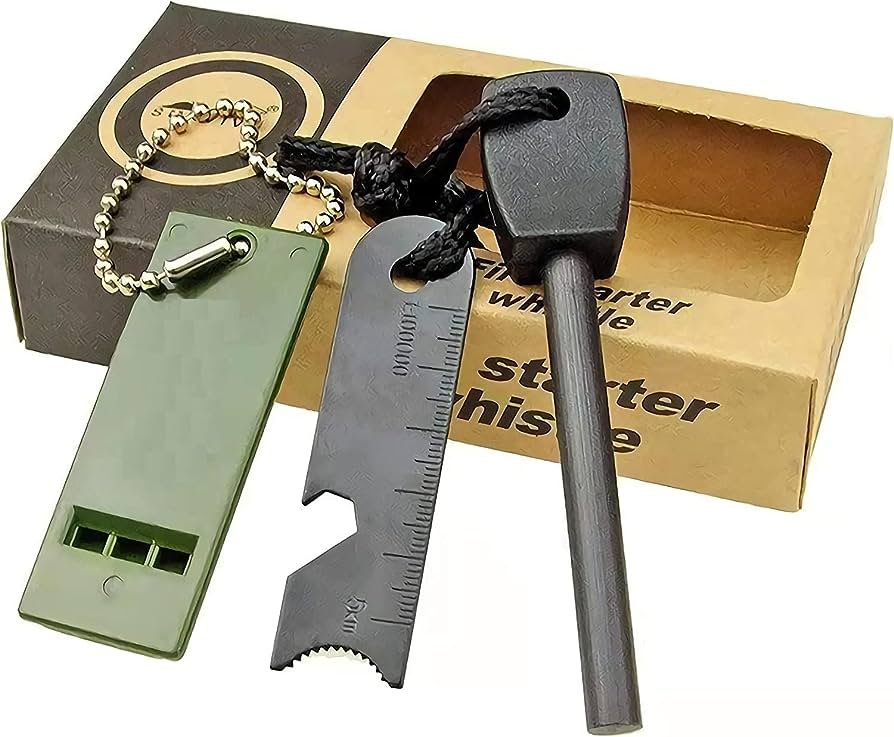
Exploring The Essential Components Of A Striker Flints
A flint striker is an essential welding supply for any welder who is interested in gas welding techniques. It helps generate the sparks necessary for starting the welding flame. However, despite its crucial role in the process of welding, many welders may not be aware of the essential components of a flint striker and how they come together to complete the spark generation process.
In this article, we’ll take a closer look at what a striker flints is and how its components each contribute to the process of igniting the welding flame.
Table of Contents
ToggleWhat is a Striker Flint?
A striker flints is a simple yet ingenious tool that is used in gas welding, where a mix of oxygen and a fuel gas is used to start the welding flame. The striker flints generates sparks that are then redirected to the mix of gasses in the welding torch. This ignites the torch and helps you start the flame needed to carry out the welding process.
There are different types of flint strikers available in the welders’ market today, each with a different number of flints or a different striker material.
The Essential Components of a Flint Striker
The basic construction of a flint striker is fairly straightforward. It consists of flints or stones that are struck against a hard metal surface to create sparks. However, to better understand the process, let’s take a closer look at the components of a flint striker.
-
Flint
The flint is typically a hard sedimentary rock that is capable of spark generation when struck against a hard material. It is generally made of silica and other minerals. However, modern flint strikers use ferrocerium — which is a synthetic self-lighting alloy of lanthanum, neodymium, cerium, other lanthanides and iron.
The quality of flint used in a striker is crucial for producing spark effectively. High-quality flint ensures consistent and reliable spark generation, thus reducing the risk of disruptions during welding tasks.
-
Hard Striking Edge
The hard striking edge is another essential component of a flint striker. When it is forced to come into contact with the flint by striking the pyrophoric rock, it allows the flint to generate sparks.
The striking edge can be made from different materials like iron, steel or particularly hardened carbon steel, which is a popular choice due to its ability to maintain its durability over time.
-
Handle
Most striker flints also come with a handle that serves as the grip for the flint striker and provides a comfortable and secure hold during use. The handle is commonly made from materials like metal or alloys. Wood is also occasionally used, but it could be a potential fire hazard.
-
Other Optional Additional Components
Some striker flints come with additional components to enhance their functionality, such as the following:
- A char cloth that is used in fire-starting because it catches the sparks from the flint and holds them, aiding in the ignition of the gas.
- A storage compartment that allows you to carry some tinder material or additional flints.
- An extra attachment loop or lanyard hole that allows you to secure the flint striker to your person, reducing the risk of misplacing the tool.
Conclusion
Now that you know what a flint striker is and how it is constructed, you can make more informed decisions about buying this tool for your welding supplies kit. Keep in mind that there are different types of flint strikers depending on the materials used and the number of flints available. Your choice will ultimately depend on the requirements of your preferred welding techniques.






